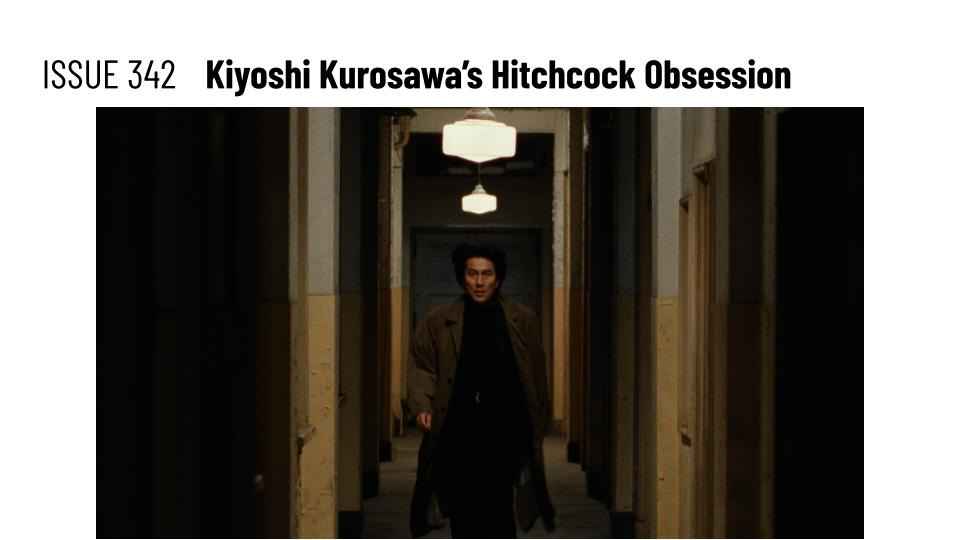Issue #342: Kiyoshi Kurosawa's Hitchcock Obsession
Big news for Paradox Newsletter: Kaiji (1996) returns. From September 2023 until October 2023, I wrote about the first four volumes of the manga:
I pledged to write and read only in accordance with the official Denpa books publication schedule for the English language translation of the manga. For reasons I am not aware of, Denpa’s publication was seriou…






